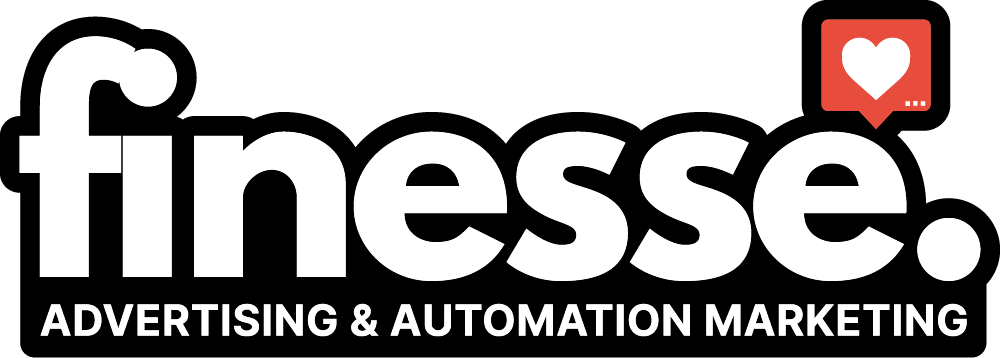Custom, Responsive, and SEO-Ready
Websites Tailored to Your Business Needs
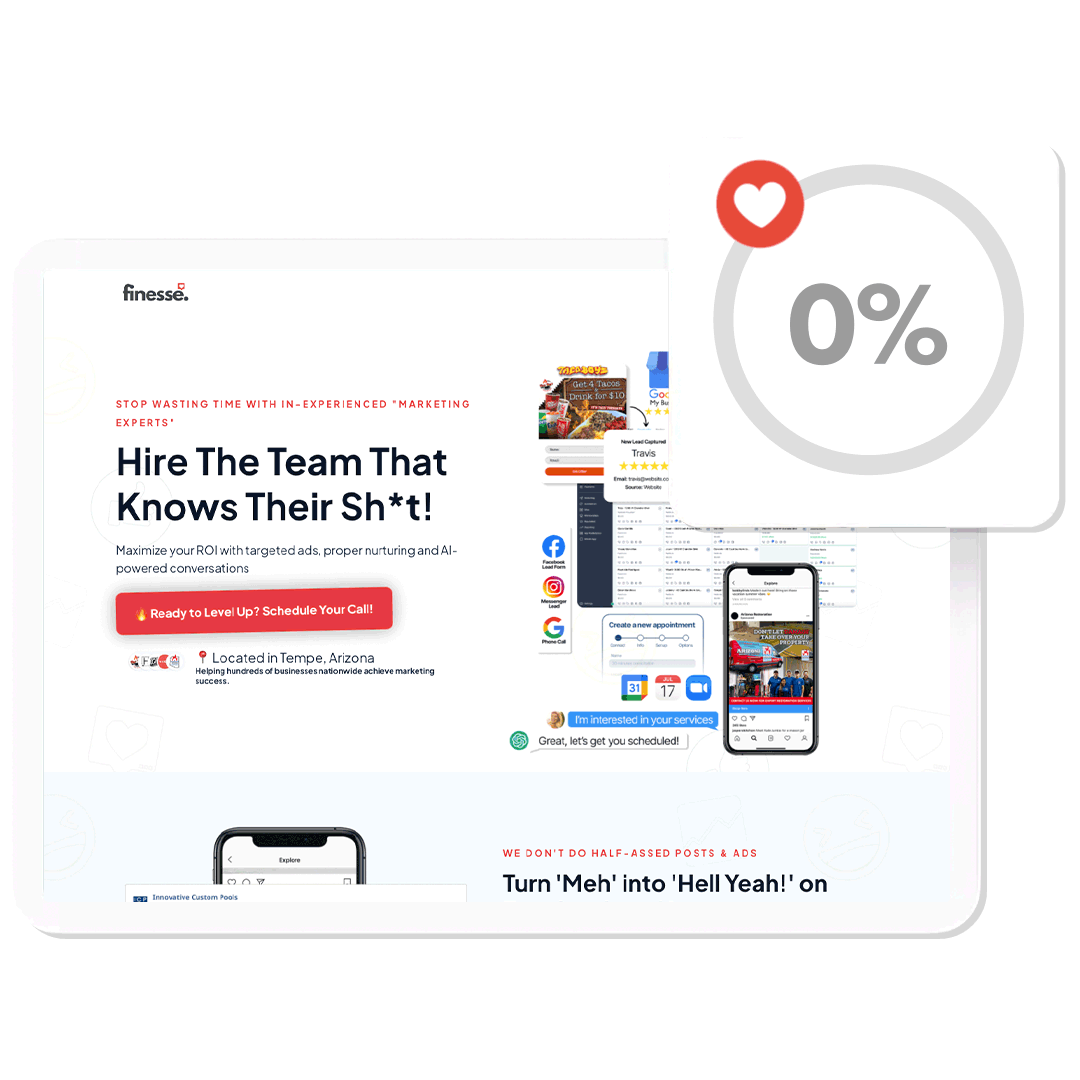
We create stunning, responsive websites that look great on any device. Our comprehensive approach ensures your site is SEO-ready, fully functional, and equipped with advanced tracking to monitor performance.

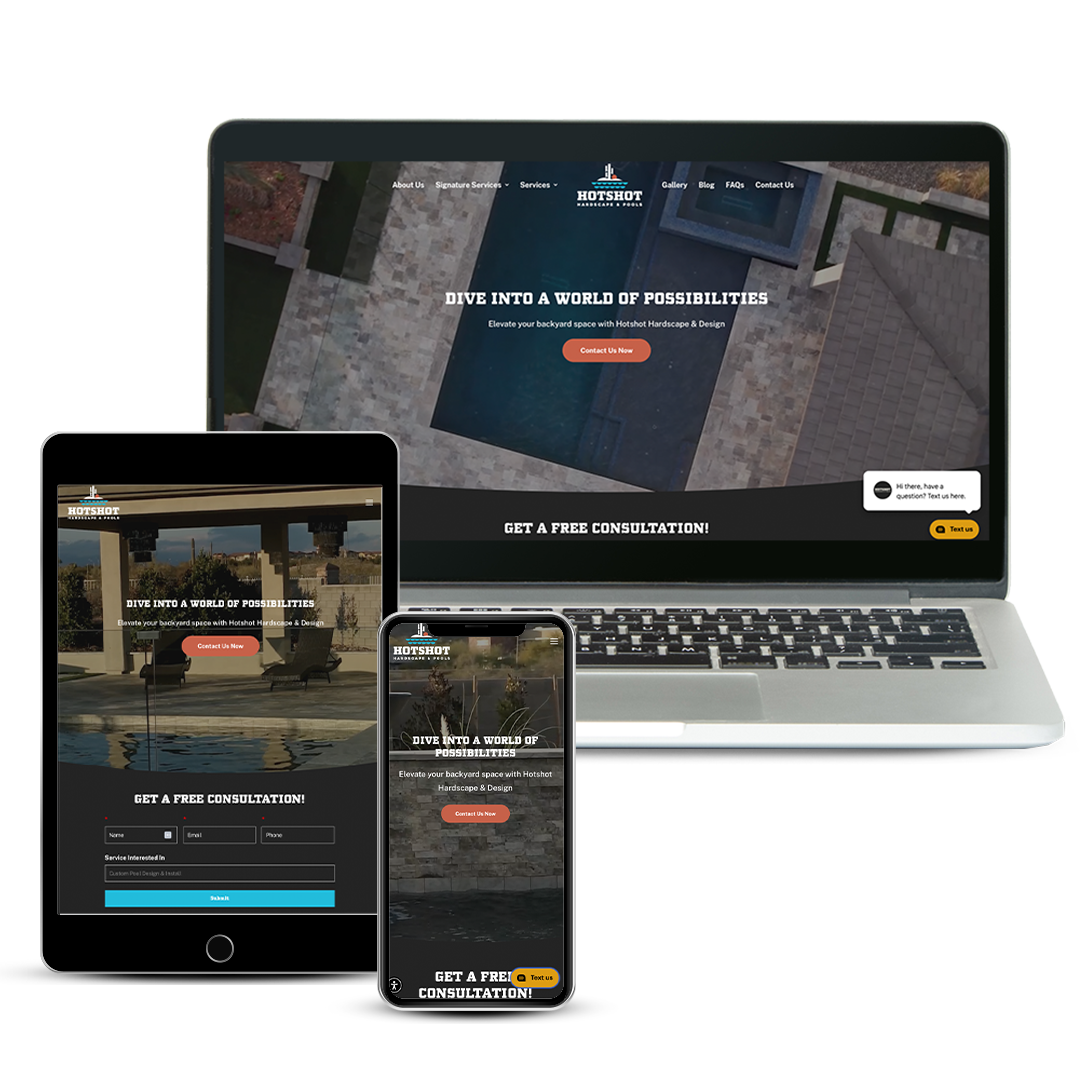
Responsive Design
Looks Awesome on Any Device
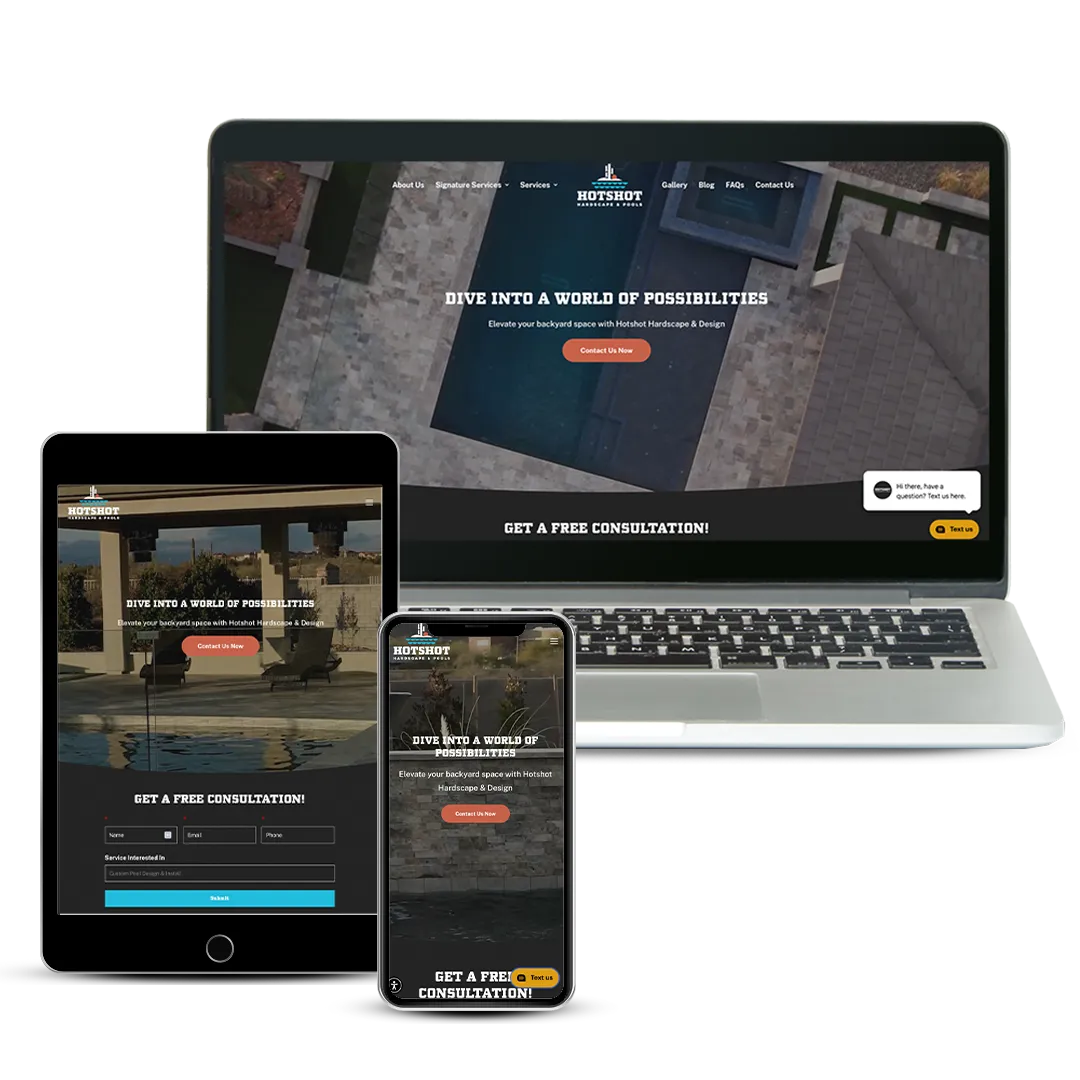
We ensure your website looks and functions perfectly on desktops, tablets, and smartphones. Provide an optimal user experience no matter how your audience accesses your site.
Get Found on Google and Rake in Organic Traffic
Boost Your Search Engine Rankings
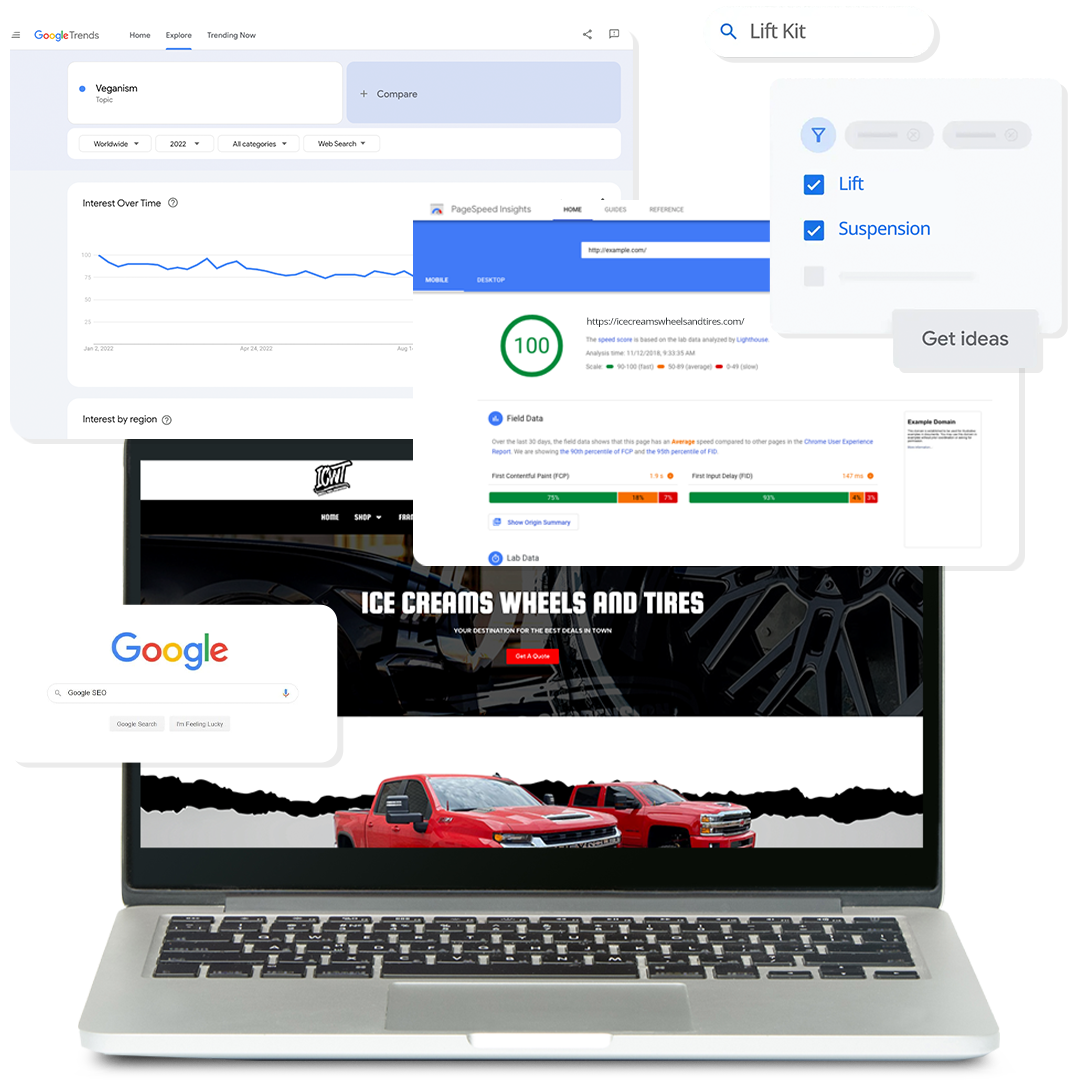
We build websites with SEO best practices in mind, helping you rank higher on search engines and attract more organic traffic. Get found by your target audience and grow your online presence.
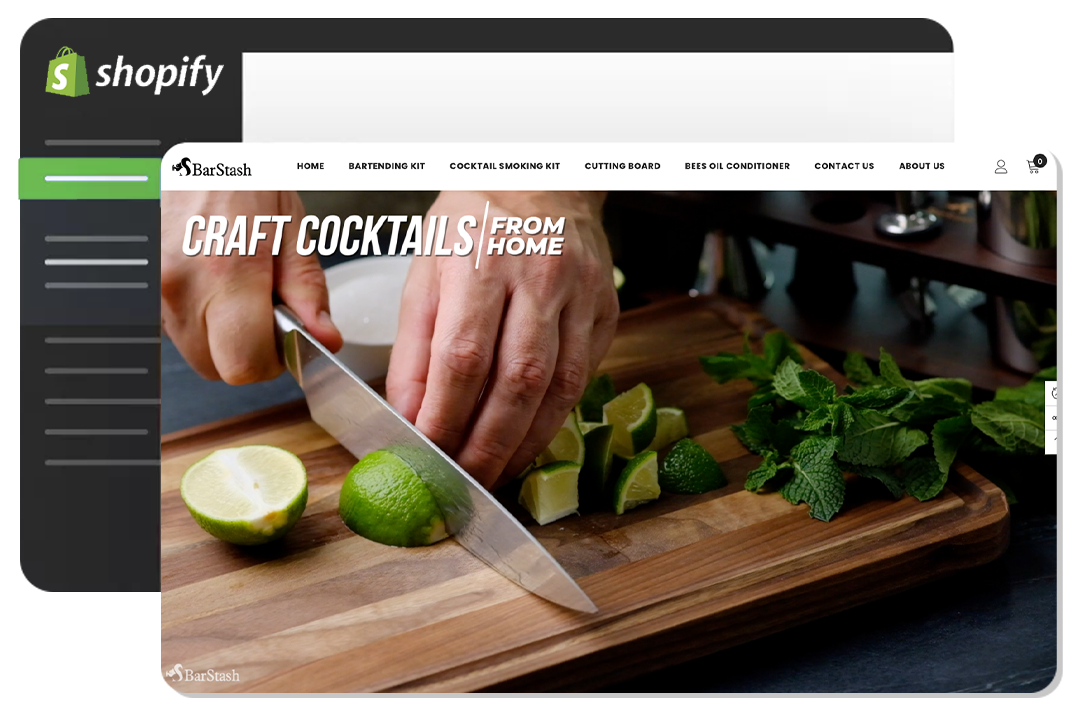
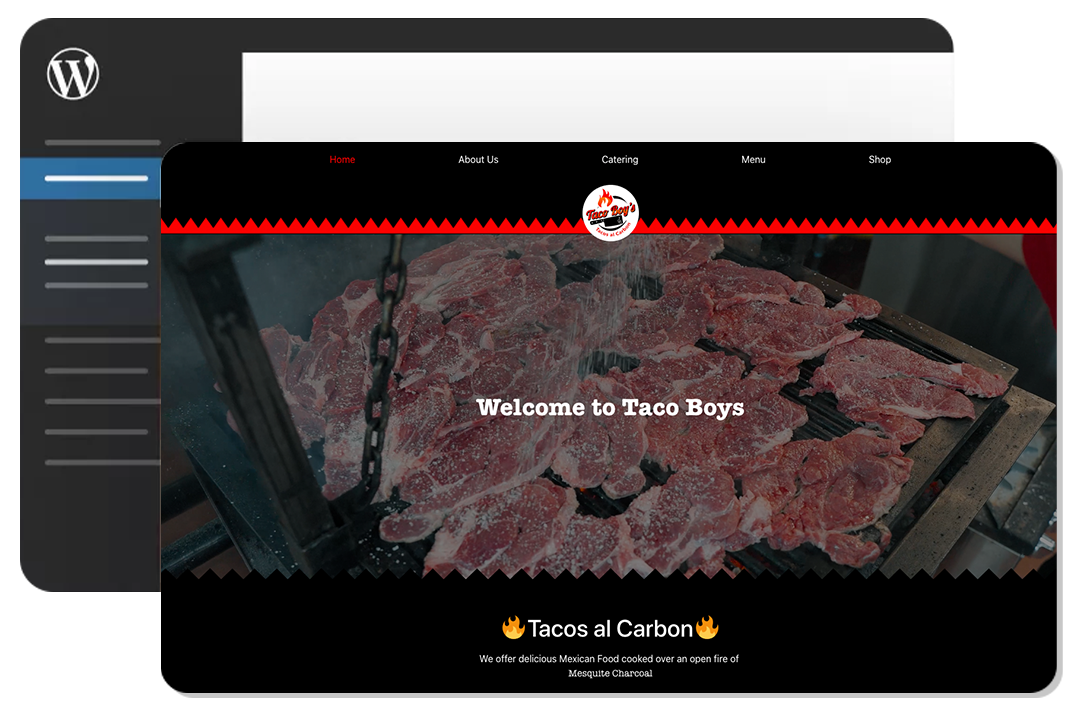
Plugins and Integrations
Functionality with Essential Tools

From e-commerce solutions to social media integrations, we set up all the necessary plugins and integrations to enhance your website's functionality and user experience.
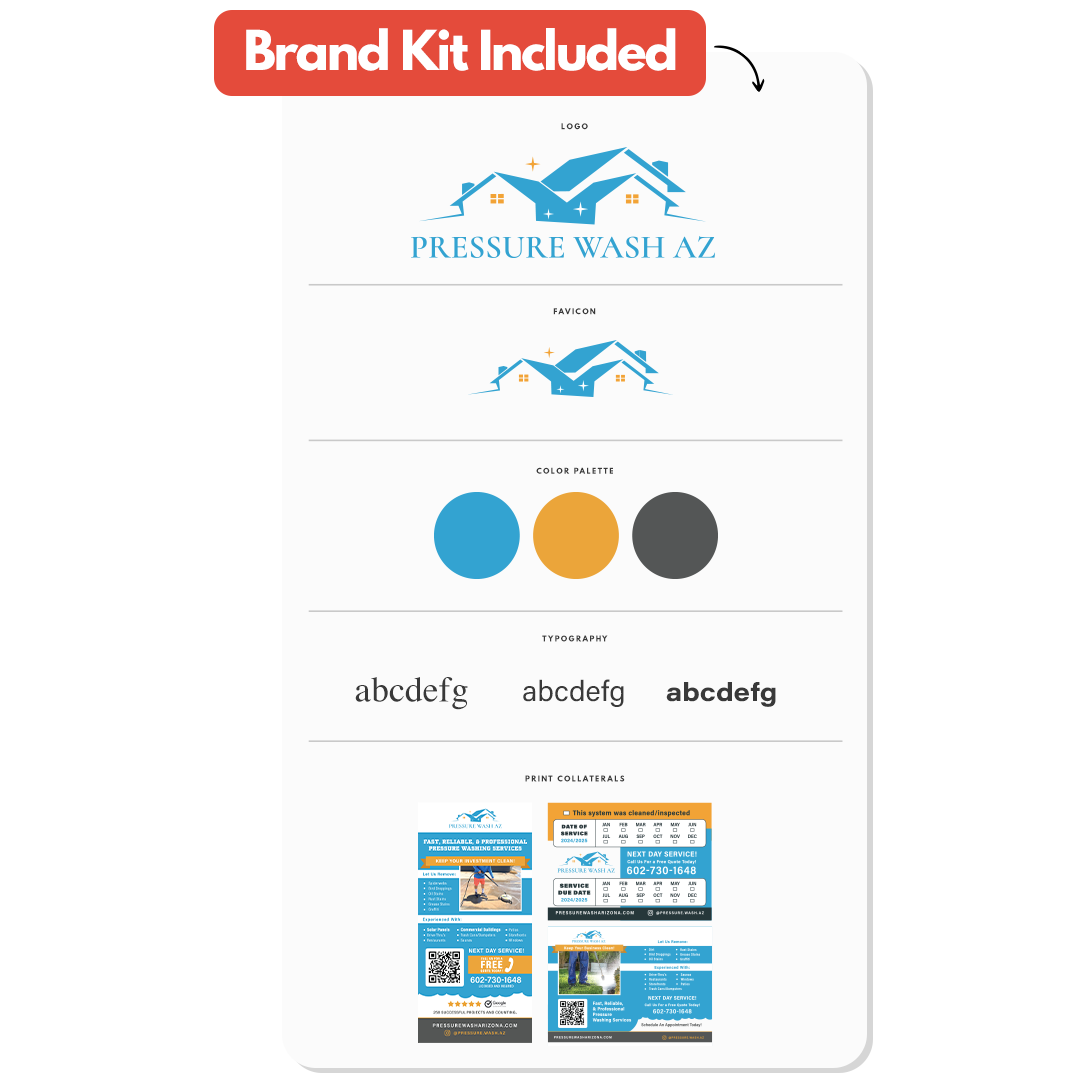
INCLUDES BRAND KIT
Build a Strong Visual Identity
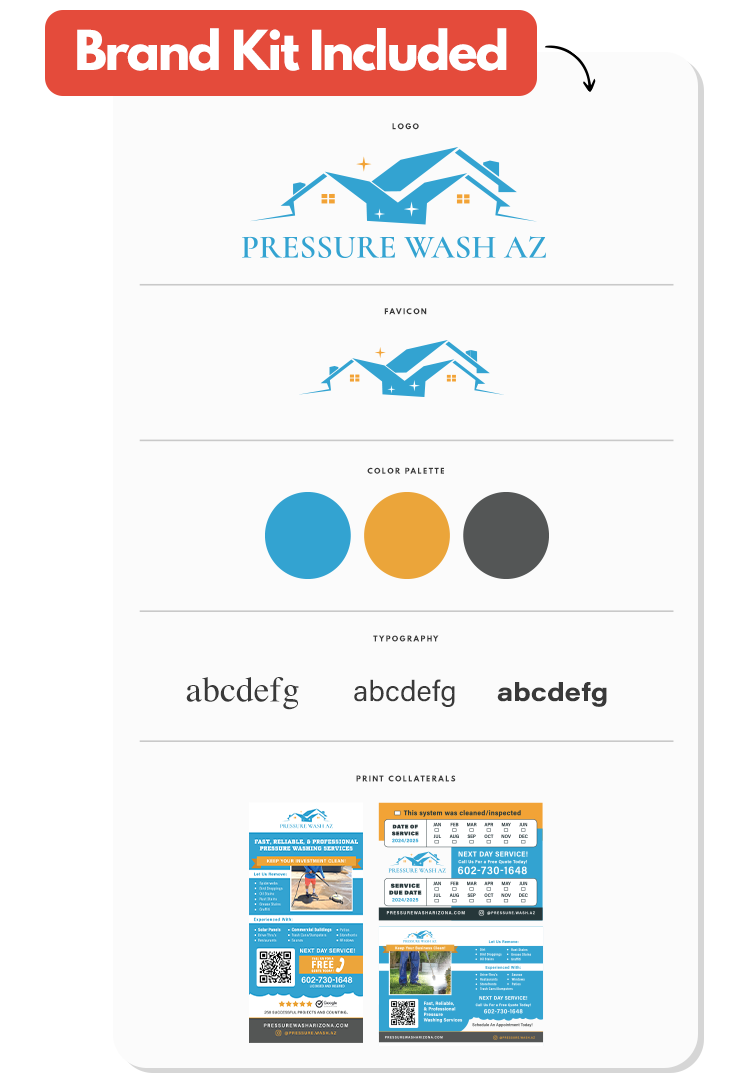
Our service includes a comprehensive brand kit to ensure your website reflects your brand's identity consistently. From logos to color schemes, we create a cohesive and memorable brand experience.
Still got questions?
Frequently Asked Questions
What is included in the website design and development service?
Our service includes responsive design, SEO optimization, essential plugins and integrations, advanced tracking, and a comprehensive brand kit to ensure a cohesive and memorable online presence.
How does responsive design benefit my website?
Responsive design ensures your website looks and functions perfectly on all devices, providing an optimal user experience and increasing engagement across desktops, tablets, and smartphones.
What does it mean for my website to be SEO-ready?
An SEO-ready website is built with best practices in mind, helping you rank higher on search engines and attract more organic traffic. This includes optimized content, meta tags, and a clean site structure.
What types of plugins and integrations do you offer?
We offer a wide range of plugins and integrations, including e-commerce solutions, social media integrations, contact forms, and more, to enhance your website's functionality and user experience.
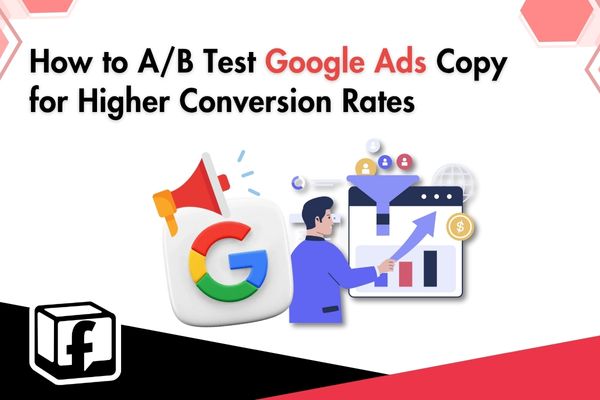
How to A/B Test Google Ads Copy for Higher Conversion Rates
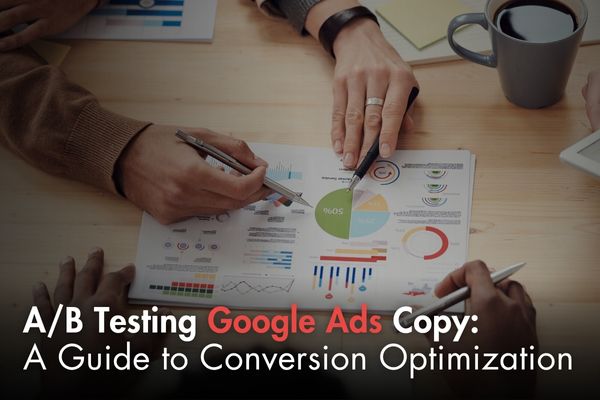
A/B Testing Google Ads Copy: A Guide to Conversion Optimization
In the competitive landscape of digital advertising, small changes to your Google Ads copy can make a major difference in performance. That’s where A/B testing Google Ads comes into play. Also known as split testing, this technique allows advertisers to test multiple ad copy variations and determine what drives better engagement, higher click-through rates (CTR), and stronger conversion optimization results.
Whether you're running responsive search ads or standard text ads, copy testing is a must-have strategy for improving your return on ad spend (ROAS). Here's how to do it effectively.
1. Understand What A/B Testing Means in Google Ads
A/B testing Google Ads involves comparing two or more versions of your ad copy (headlines, descriptions, or CTAs) to see which version performs better. This isn’t just about guessing what sounds good — it’s a data-driven approach to uncovering your best performing ad copy.
When done right, it provides insights into what resonates with your audience and improves your Google Ads conversion rate.
2. Choose What to Test: Headlines, Descriptions, or CTAs
Start small. In Google Ads, even subtle wording changes can lead to significant results. Elements you can test include:
Headlines: Test urgency vs. value-based headlines
Descriptions: Test long-form vs. concise messaging
Call-to-Action (CTA): Try “Get a Quote” vs. “Start Free Trial”
Headline testing, in particular, has the most immediate impact on Google Ads CTR, making it an excellent place to begin.
3. Set Up Google Ads Experiments or Responsive Ad Variations
Google makes testing simple with built-in tools. Use either:
Google Ads Experiments: Great for testing two different campaigns or ad sets.
Responsive Search Ads (RSA): Automatically tests multiple combinations of headlines and descriptions.
For most advertisers, responsive search ads provide a streamlined method of ad copy testing without duplicating campaigns.
4. Measure the Right Metrics
Effective A/B testing isn’t just about clicks. You need to align your test goals with your business objectives. Key metrics to monitor include:
Click-Through Rate (CTR)
Conversion Rate (CVR)
Cost Per Conversion (CPC/CPA)
Engagement time on landing page
By tracking these KPIs, you can make confident decisions that directly improve Google Ads performance.
5. Don’t Change Too Many Variables at Once
A classic mistake in Google Ads split testing is adjusting multiple elements at the same time. This leads to unclear results. Test one variable per experiment to keep your results accurate and actionable.
Example: Test two headlines while keeping descriptions and CTAs identical.
6. Apply Insights Across Campaigns
Once you find your best performing ad copy, don’t stop there. Use those insights to optimize other campaigns, ad groups, or even landing pages.
Also, test Google Ads copy seasonally, especially during promotional periods or product launches, when audience behavior may shift.
Conclusion:
A/B testing in Google Ads is a critical component of any serious conversion optimization strategy. By systematically testing and refining your Google Ads copy, you can increase engagement, lower costs, and drive more qualified leads.
The key is to keep tests focused, track performance meticulously, and apply learnings across your entire Google Ads optimization strategy. With ongoing split testing, your campaigns will evolve with your audience — and your results will speak for themselves.
How Ads with Finesse Can Help You
At Ads with Finesse, we specialize in crafting ad campaigns that highlight the best customer experiences, ensuring your audience connects with your brand on an emotional level. Our team carefully selects authentic, high-impact reviews and seamlessly integrates them into your ad strategy.
Learn more about our services today and turn your Google Ads into your most powerful marketing tool with Ads with Finesse.
Let’s create ads that resonate, convert, and build trust.
Check out our blog and services at adswithfinesse.com.

© 2024 Ads with Finesse | Terms & Conditions | Privacy Policy
Ads With Finesse continually stays up to date with Meta & Google marketing changes related to policies, tools, products and more.
